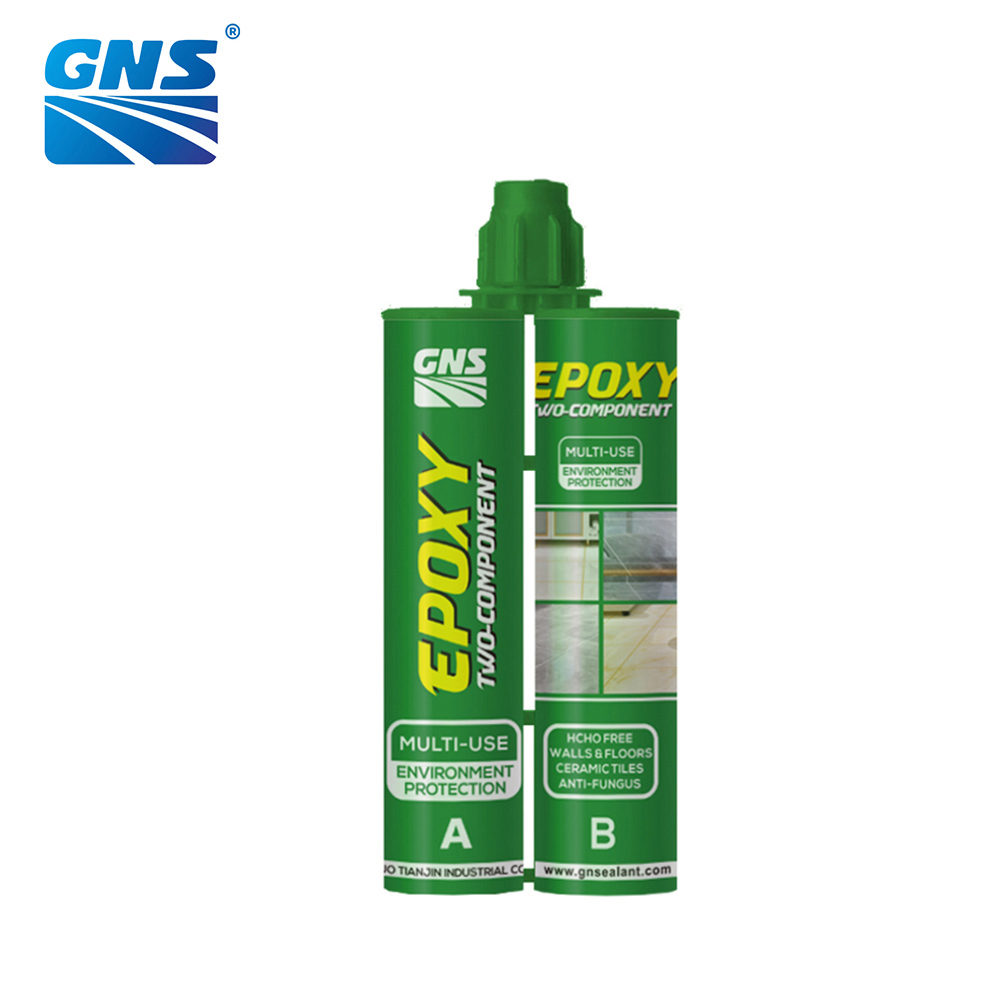Benefits and Usage Tips of Epoxy Sealants
2024-06-20
Epoxy sealant is a versatile and durable adhesive and protective coating used in various applications, from construction to automotive repairs. Here’s an in-depth look at epoxy sealants, including their features, benefits, types, usage tips, and popular brands.
Features
1. Two-Part System:
- Composed of resin and hardener that need to be mixed before application.
- The chemical reaction between these components provides strong adhesive and sealing properties.
2. High Bond Strength:
- Excellent adhesion to a variety of surfaces, including concrete, metal, wood, and plastic.
3. Chemical and Heat Resistance:
- Resistant to water, chemicals, and temperature fluctuations, making it ideal for harsh environments.
4. Durability:
- Long-lasting and resistant to wear and tear, cracking, and peeling.
5. Versatility:
- Can be used for bonding, sealing, coating, and repairing a wide range of materials.
Benefits
1. Strong Adhesion:
- Creates a robust bond that can hold heavy loads and withstand stress.
2. Waterproofing:
- Provides a waterproof seal that protects surfaces from moisture and corrosion.
3. Chemical Resistance:
- Resistant to acids, alkalis, and solvents, ensuring durability in harsh conditions.
4. Heat Resistance:
- Can withstand high temperatures, making it suitable for industrial applications.
5. Versatile Applications:
- Used in construction, automotive repairs, marine applications, and household repairs.
Types of Epoxy Sealants
1. Construction Epoxy Sealants:
- Used for sealing cracks in concrete, masonry, and other building materials.
2. Marine Epoxy Sealants:
- Designed for underwater applications and boat repairs.
3. Automotive Epoxy Sealants:
- Used for bonding and sealing metal parts, repairing plastic components, and as an undercoating.
4. Industrial Epoxy Sealants:
- High-performance sealants for industrial machinery and equipment.
5. Clear Epoxy Sealants:
- Used for applications where a transparent finish is desired, such as in arts and crafts.
Usage Tips
1. Surface Preparation:
- Clean and dry the surface thoroughly to ensure proper adhesion.
- Remove any dirt, grease, or loose materials.
2. Mixing:
- Follow the manufacturer’s instructions for mixing the resin and hardener.
- Mix thoroughly to ensure a consistent and effective bond.
3. Application:
- Apply the mixed epoxy to the surface using a brush, roller, or applicator tool.
- Ensure even coverage and fill any gaps or cracks completely.
4. Curing:
- Allow the epoxy to cure according to the manufacturer’s recommendations.
- Avoid disturbing the sealant during the curing process to ensure a strong bond.
5. Safety Precautions:
- Wear protective gloves and eyewear when handling epoxy sealants.
- Work in a well-ventilated area to avoid inhaling fumes.
Popular Brands
1. Loctite:
- Offers a wide range of epoxy adhesives and sealants known for their reliability and performance.
2. Gorilla:
- Known for strong and durable epoxy products suitable for various applications.
3. JB Weld:
- Specializes in high-strength epoxy adhesives and repair products.
4. 3M:
- Provides industrial-grade epoxy sealants for heavy-duty applications.
5. Devcon:
- Offers a variety of epoxy products for industrial, automotive, and household use.
Conclusion
Epoxy sealants are an essential tool for a wide range of applications, providing strong adhesion, durability, and resistance to various environmental factors. Whether you are sealing cracks in concrete, repairing a boat, or bonding metal parts in your car, choosing the right epoxy sealant and following proper application procedures will ensure long-lasting and effective results. Always consider the specific requirements of your project and select a reputable brand for the best performance.



